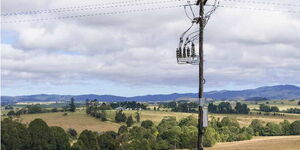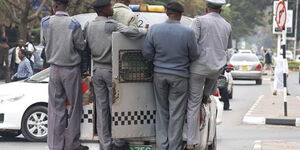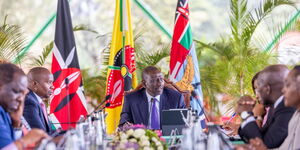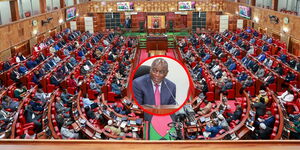In the recruitment of forest rangers at Kinoru Stadium on Wednesday, March 8, male recruits dressed down to their undergarments and made 360-degree turns as the officers examined their bodies.
Speaking to Kenyans.co.ke, former General Service Unit (GSU) officer George Musamali explained that the officers were checking for any body marks on the recruits' bodies.
Musamali disclosed that checking for body marks was a tradition that dated back to the pre-colonial period and was meant to cut costs for colonial masters.
"A number of the officers took advantage of the medical cover and claimed to have sustained injury in the line of duty," he explained.
Musamali confirmed that any body marks were noted on the recruits' files. In addition, the marks were used as identifiers of injured or dead soldiers before the invention of DNA technology.
The marks on the body, alongside height and dentition, formed the recruit's profile. He also debunked the myth that those with missing teeth are rejected.
"There is no relation between the two because I was recruited without a tooth and handled artillery. Recruits with gaps are documented to prevent payout claims in future," he stated.
When questioned on the height requirement, the security expert disclosed that the rules were part of a strategy that has since been relaxed.
"The idea was to toy with the psychology of civilians. A tall, well-build and in-shape officer would command more respect from the public," he disclosed.
His sentiments corroborated that of Chief of Defence Forces General Robert Kibochi, who in 2021 explained that having a complete set of teeth expedited the clearing and compensation of retiring military officers.
General Kibochi explained that the military prefers that all officers return home in the same physical condition they joined the service.












